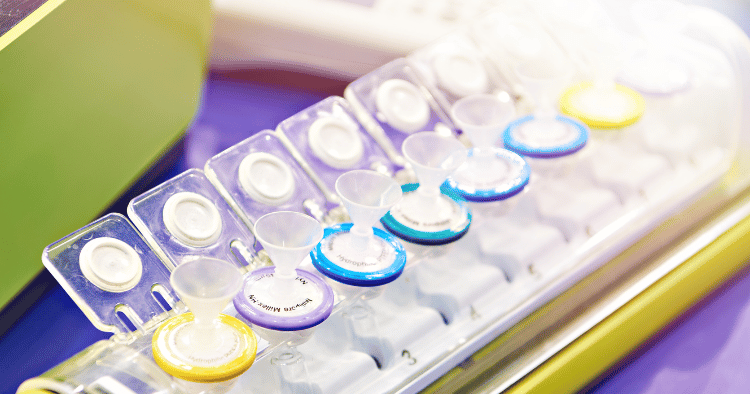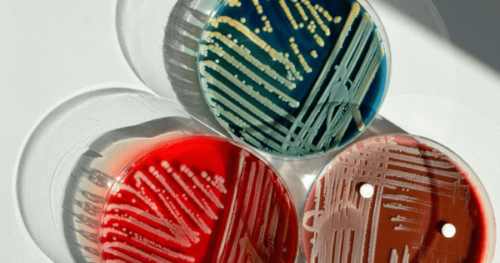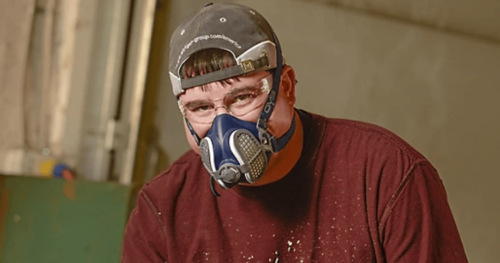Syringe filters are essential tools in laboratory workflows, ensuring sample purity and enhancing the accuracy of analytical results. Integrating these filters effectively into your workflow can streamline processes, improve efficiency, and maintain the integrity of your samples. This article provides practical advice on the best practices for incorporating syringe filters into your laboratory workflow.
Step-by-Step Guide to Using Syringe Filters
1. Choosing the Right Syringe Filter
Selecting the appropriate syringe filter is the first step towards effective integration.
- Membrane Material: Choose based on compatibility with your sample. For example, Nylon for aqueous and organic solvents, PTFE for aggressive solvents, and PES for biological samples.
- Pore Size: Select according to the size of the particles you need to remove. Common sizes include 0.2 micron for sterilization and 0.45 micron for general filtration.
- Diameter: Consider the volume of your sample. Smaller diameters (13mm) are suitable for low volumes, while larger diameters (25mm) are better for higher volumes.
2. Preparation Before Use
Proper preparation ensures that the syringe filters function correctly and provide reliable results.
- Inspection: Check the filter for any defects or damage before use.
- Compatibility Check: Ensure the filter is compatible with your solvent and sample to avoid any adverse reactions.
Integrating Syringe Filters into Your Workflow
3. Sample Preparation
Proper sample preparation is crucial for effective filtration.
- Pre-Filtration: For samples with high particulate load, pre-filtering can prevent clogging and prolong the life of the syringe filter.
- Degassing: Remove dissolved gases from your samples to prevent air bubbles, which can affect filtration efficiency.
4. Filtration Technique
Using the correct filtration technique can significantly impact the quality of your results.
- Proper Handling: Handle the filter by the edges to avoid contamination.
- Steady Pressure: Apply a consistent and moderate pressure on the syringe plunger to avoid bursting the filter or forcing contaminants through the membrane.
Maintaining Efficiency
5. Regular Maintenance
Regular maintenance of your filtration setup ensures ongoing efficiency and reliability.
- Scheduled Inspections: Regularly check the condition of your filtration setup to ensure there are no leaks or blockages.
- Routine Cleaning: Clean the components of your filtration setup as recommended by the manufacturer to prevent build-up and contamination.
6. Documentation and Record-Keeping
Keeping detailed records of your filtration processes helps in tracking performance and troubleshooting issues.
- Filter Usage Logs: Maintain logs of filter types, batch numbers, and dates of use.
- Performance Records: Document the performance of filters in different applications to identify trends and optimize selection.
Troubleshooting Common Issues
7. Clogging and Flow Rate Problems
Clogging is a common issue that can disrupt your workflow.
- Pre-Filtration: As mentioned, pre-filter samples with high particulate loads to prevent clogging.
- Proper Technique: Ensure that you are not applying excessive pressure, which can force particles through the filter or damage it.
8. Contamination Concerns
Preventing contamination is critical for accurate results.
- Use New Filters: Always use a new filter for each sample to avoid cross-contamination.
- Sterile Techniques: Practice sterile techniques, especially in microbiological and pharmaceutical applications.
Case Study: Effective Integration in a Research Laboratory
Background
A research laboratory faced issues with sample contamination and inconsistent filtration results, which affected their analytical outcomes. By integrating syringe filters into their workflow and following best practices, they achieved significant improvements.
- Problem Identification: The lab identified that improper filtration techniques and using incompatible filters were causing issues.
- Solution Implementation: They selected the right filters, trained their staff on proper techniques, and established regular maintenance schedules.
- Results: The lab saw a 30% improvement in filtration efficiency and a significant reduction in sample contamination.
Conclusion
Integrating syringe filters into your laboratory workflow effectively requires selecting the right filter, preparing samples properly, using correct techniques, and maintaining your filtration setup. By following these best practices, you can enhance efficiency, improve the accuracy of your results, and maintain sample purity. Partnering with a trusted supplier like GVS ensures you have access to high-quality syringe filters and expert support to optimize your laboratory processes.



